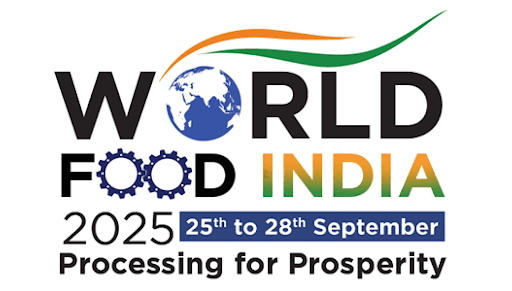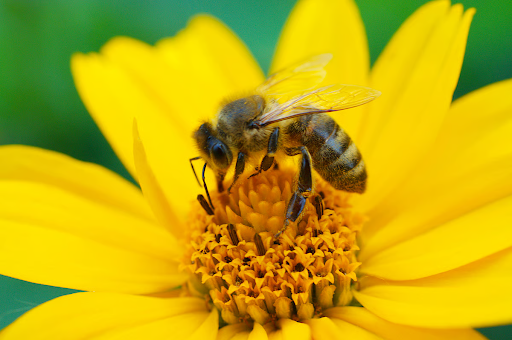Description

Copyright infringement not intended.
Context:
- Maharashtra may become 8th state to opt out of Centre's flagship crop insurance scheme.
PMFBY:
- About: The Pradhan Mantri Fasal Bima Yojana (PMFBY) launched in 2016 is an insurance service for farmers for their yields. It was formulated in line with One Nation–One Scheme The scheme is being administered by Ministry of Agriculture.
- Objective: It aims to reduce the premium burden on farmers and ensure early settlement of crop assurance claim for the full insured sum. PMFBY aims to provide a comprehensive insurance cover against failure of the crop thus helping in stabilising the income of the farmers.
- Coverage: The Scheme covers all Food & Oilseeds crops and Annual Commercial/Horticultural Crops for which past yield data is available. States/UTs have option to select any number of additional risk covers/features. PMFBY insures farmers against all non-preventable natural risks from pre-sowing to post-harvest.
- Implementation: The scheme is implemented by empanelled general insurance companies. Selection of Implementing Agency (IA) is done by the concerned State Government through bidding.
- Enrollment: Enrolment is 100% voluntary for all farmers from 2020 Kharif.
- Premium: The prescribed premium is 2% to be paid by farmers for all Kharif crops and 1.5% for all rabi crops. In the case of annual commercial and horticultural crops, the premium is 5%. The balance premium is shared by the Union and state governments on a 50:50 basis and on a 90:10 basis in the case of northeastern states. Centre’s premium subsidy: 30% for unirrigated areas/crops and 25% for irrigated areas/crops.
- Mandate for Insurance companies: Insurance companies have to now spend 0.5% of the total premium collected on information, education and communication (IEC) activities.
States opting out from PMFBY
- Despite the severity of crop loss due to extreme weather events increasing in recent years, the number of farmers opting for crop insurance has been declining.
- Andhra Pradesh, Jharkhand, Telangana, Bihar, Gujarat, Punjab and West Bengal — all predominantly agriculture states — have already opted out of the scheme. Some of these states have their own insurance schemes.
Reasons:
- Denial and delay of claims
- Huge subsidy burden on state governments
- If the premium rate is above 25 per cent for irrigated area and above 30 per cent for unirrigated or rainfed areas, the state has to contribute over and above that part.
- While the insurance companies are profiting from the scheme, farmers are not getting their due claims after they lose their crops to extreme weather events.
- Implementation challenges and non-payment of dues to farmers.
- In several states, the claims have exceeded the gross premium. In 2018-19, Chhattisgarh, Haryana, Kerala and Tamil Nadu had a claims ratio of more than 100%.
Way ahead
Based on Rainfall Data
- Crop losses should be determined based on rainfall distribution (rather than average rainfall levels) using a specific formula for each crop.
- The number of recording locations can be increased and all farmers with less than 10 acres of rain-fed farmland can be included.
Previous Loan criteria
- The criteria of whether the farmers had previously availed of any crop loan or which crops they cultivate, should not be considered.
Simpler process
- The process of farmers having to apply on an individual basis and paying the premium should be done away with.
- Crop losses should be paid within one month after harvest period. In such a version of crop insurance, even if the claim amount is lower, it would provide farmers with an assured and timely response that is paramount.
Strengthening the chain
- If crop insurance can reach tribal farmers in remote villages, cultivating rain-fed, single-season foodgrains and provide some income protection in cases of dry spells or sudden burst of intensive rains, this would indicate that the scheme has considerably reduced its weak links and the chain has become stronger.
Que from Beed Model
- The Beed model of crop insurance in place in Maharashtra’s Beed district is being studied by a central government to suggest suitable working models for PMFBY.
- In the Beed model, there is a cap on the profit of the insurance companies. If the claims exceed the insurance cover, the state government pays the bridge amount.
- If the claims are less than the premium collected, the insurance company keeps 20 per cent of the amount as handling charges and reimburses the rest to the state government.
- The Beed model will reduce the state’s subsidy burden but we have to see if it is benefitting the farmers.
https://economictimes.indiatimes.com/news/economy/agriculture/govt-launches-special-drive-to-bring-more-farmers-under-pm-crop-cover-scheme/articleshow/84035955.cms








